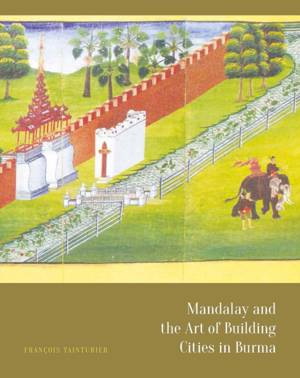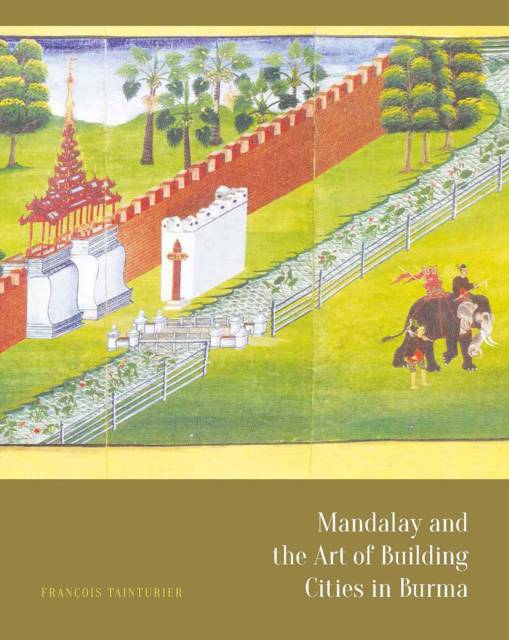
- Afhalen na 1 uur in een winkel met voorraad
- Gratis thuislevering in België vanaf € 30
- Ruim aanbod met 7 miljoen producten
- Afhalen na 1 uur in een winkel met voorraad
- Gratis thuislevering in België vanaf € 30
- Ruim aanbod met 7 miljoen producten
€ 59,95
+ 119 punten
Omschrijving
Drawing on original Burmese texts and illustrations, recent scholarship, and mapping, Mandalay and the Art of Building Cities in Burma argues that the founding of Mandalay shifted critically in emphasis and scale during its planning from a protocol that established the royal city as a "cosmic city" to one that viewed the royal capital as a sanctuary. As part of that shift, François Tainturier shows, the founding protocol used Buddhist narratives as models for action and drastically altered patterns of spatial order that had been prevalent at former royal capitals. The systematic planning of Mandalay and the construction of its potent landscape constituted the expression--formulated not in words but in tangible form--of the throne's claim that Burma was a "Buddhist land," at a time when Lower Burma had been annexed by non-Buddhist believers. Tainturier provides further insight into how rulers articulated their lineage, power, and the promotion of Buddhism by creating potent landscapes. Mandalay and the Art of Building Cities in Burma renews scholarly discussion on Southeast Asian urban traditions and offers a critical investigation into the "cosmic" dimensions of one of the region's centers of power.
Specificaties
Betrokkenen
- Auteur(s):
- Uitgeverij:
Inhoud
- Aantal bladzijden:
- 240
- Taal:
- Engels
Eigenschappen
- Productcode (EAN):
- 9789814722773
- Verschijningsdatum:
- 30/06/2021
- Uitvoering:
- Hardcover
- Formaat:
- Genaaid
- Afmetingen:
- 190 mm x 239 mm
- Gewicht:
- 929 g

Alleen bij Standaard Boekhandel
+ 119 punten op je klantenkaart van Standaard Boekhandel
Beoordelingen
We publiceren alleen reviews die voldoen aan de voorwaarden voor reviews. Bekijk onze voorwaarden voor reviews.










